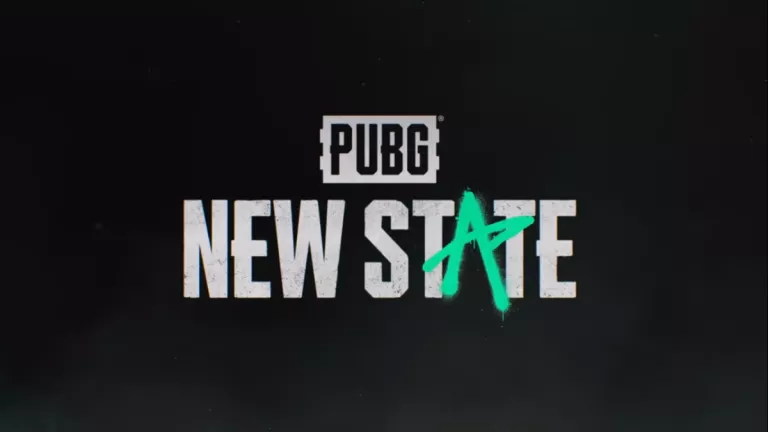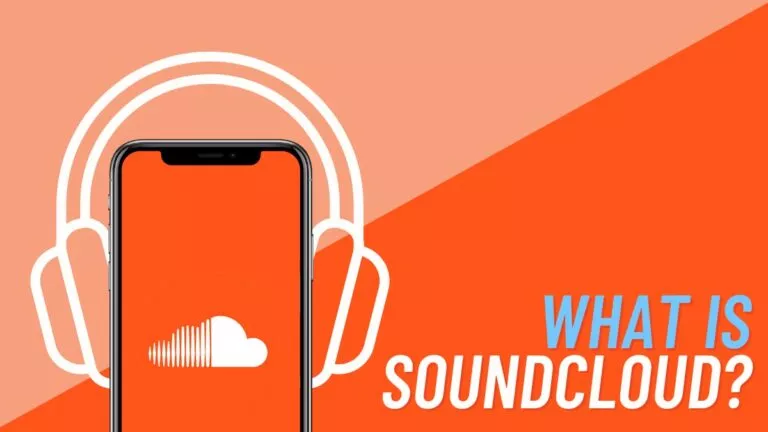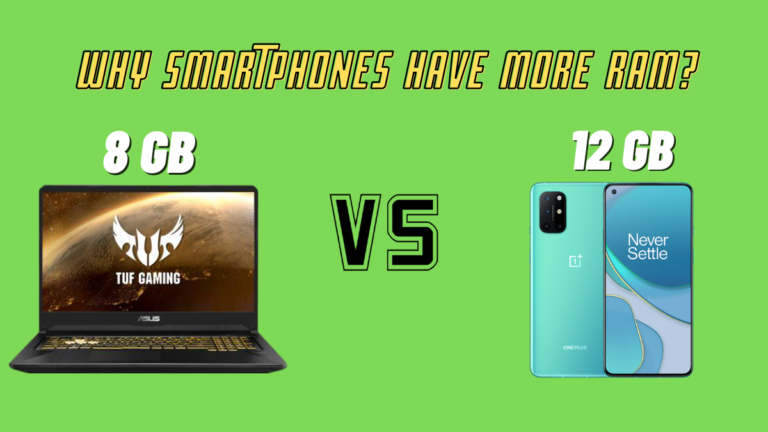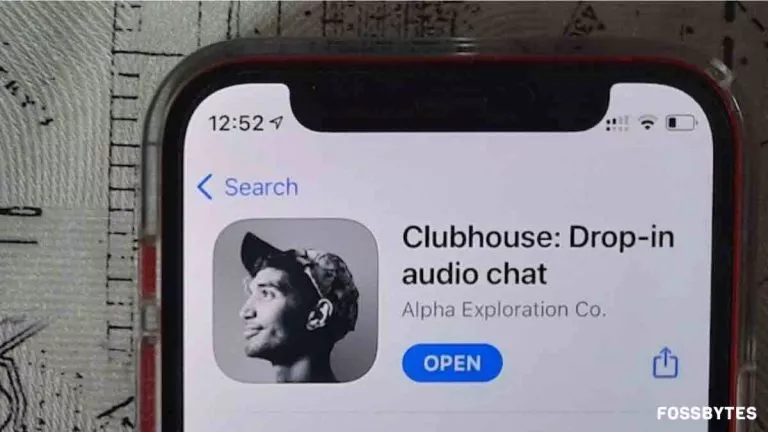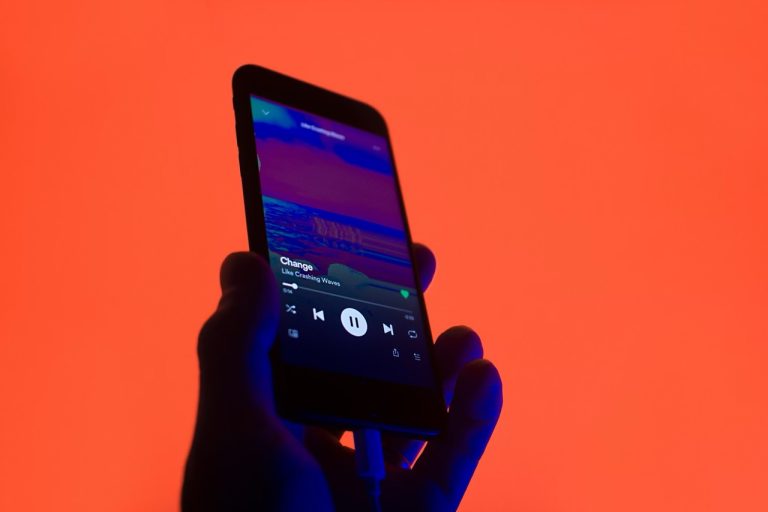What Does the “SMH” Slang Mean on Social Media? How Do You Use It?

Internet slangs are now a significant aspect of how we communicate online, changing how we show feelings, share thoughts, and make connections in the digital world. It’s like a secret code that internet users use to communicate quickly and casually.
One such popular acronym, “SMH,” is slang on social media, which stands for “shaking my head.” People use it to show they’re shaking their heads in disbelief, disappointment, or frustration, usually in response to something silly or annoying.
The Origin of “SMH” on Social Media
As online communication grew, people wanted quicker ways to express themselves. This led to internet slang, where words were shortened or replaced with acronyms like “SMH.” Instead of typing out a full response, users could simply type “SMH” to convey their reaction to something they found silly, annoying, or unbelievable.
Soon, “SMH” spread beyond the internet, becoming a common phrase in texts and comments on social media posts. Its simplicity and usefulness are why it became so widespread, easily transitioning from internet slang to a common part of everyday language.
What Does “SMH” Mean? How to use it?
Shaking My Head: When someone says “SMH,” they’re basically saying they’re shaking their heads at whatever they’ve just seen or heard. It is used in various situations where someone feels disbelief, disappointment, or frustration.
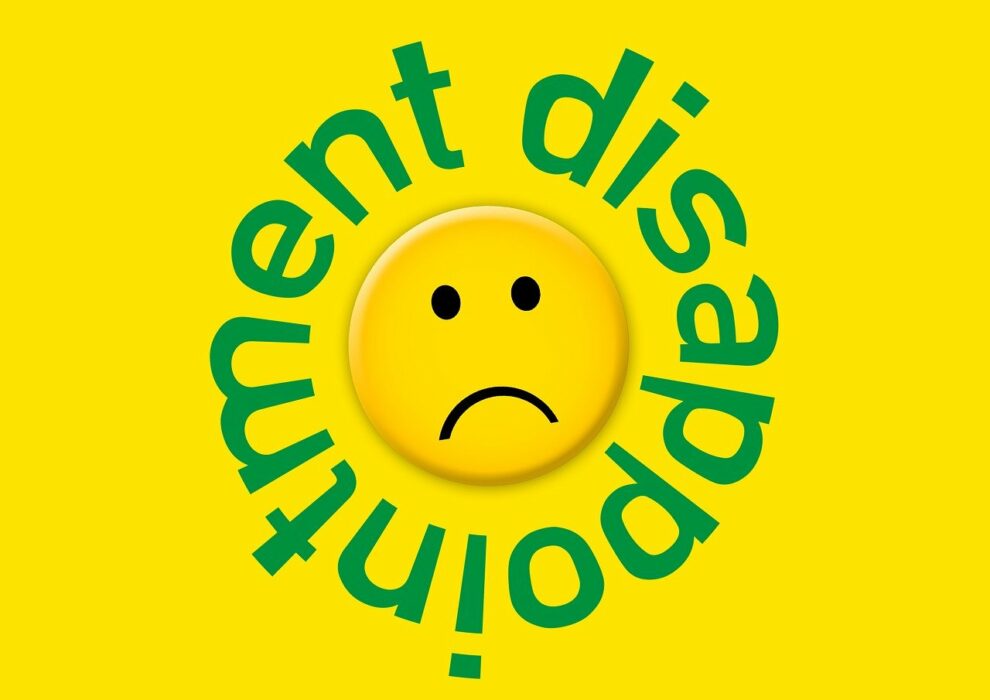
- Disbelief: If you come across a news story about a dog riding a skateboard, you might comment “SMH” to express your surprise, similar to saying, “I can’t believe this!”
- Disappointment: When a friend cancels plans at the last minute once more, you might text “SMH” to show you’re let down, like saying, “Not again!”
- Frustration: If you’re watching a video where someone is fixing something all wrong, typing “SMH” can show your frustration, like saying, “They’re really messing up!”
Shaking My Damn Head: SMDH is a variation of SMH. The addition of “damn” makes the reaction stronger, showing the speaker feels even more disbelief or frustration.
SMH in Social Media and Texting
It is widely used across social media platforms and texting to express different feelings. This acronym is now a common part of online communication, appearing in tweets, Instagram captions, Facebook comments, and even in meme culture. For example:
- Tweet: “Just saw someone trying to fit a couch into a tiny car. SMH.” This tweet shows someone’s reaction to a funny or frustrating situation they witnessed.
- Instagram Captions: Caption- “Spent all day cleaning, and my roommate still leaves dirty dishes in the sink. SMH.” This caption expresses frustration with a messy roommate, using “SMH” to emphasize the feeling of annoyance.
- Facebook Comments: “Can’t believe they canceled the event last minute. SMH.” This comment shows disappointment with the cancellation of an event, using “SMH” to convey the feeling of disbelief.
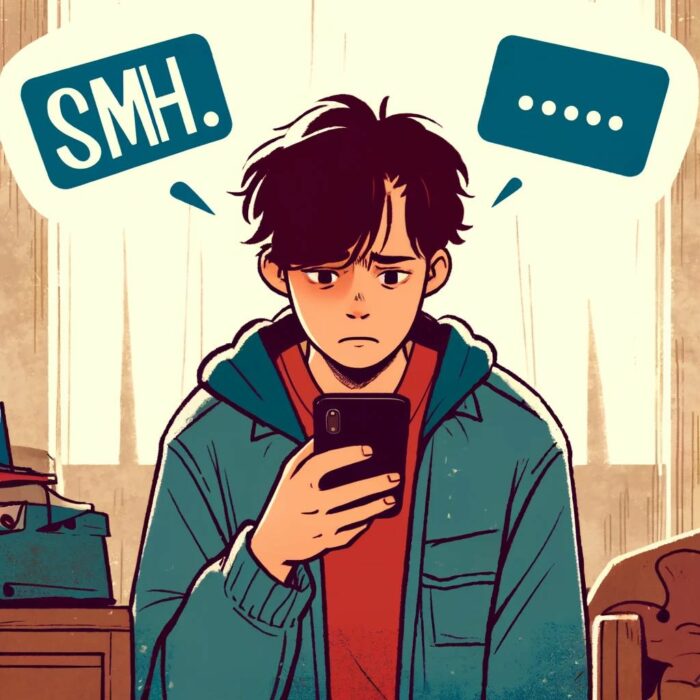
Role in Meme Culture
In meme culture, it plays a significant role as a reaction to various absurd or frustrating situations. It’s often used as a caption or overlay on images or GIFs of people shaking their heads.
- Sarcastic memes are used to make fun of someone’s silly choices or actions. They often exaggerate the situation to create humor.
- Meme templates often show people shaking their heads with “SMH” to express how they feel. This could be a picture or an animated GIF of a famous person or character. It’s a common way to react to silly or frustrating posts online.
Misconceptions and Common Mistakes
Common mistakes with “SMH” include overusing it or using it without clear context, which can lead to misunderstandings. Reserving “SMH” for situations where you genuinely feel disbelief, disappointment, or frustration is important, as is providing context when needed. Be mindful of who you’re communicating with. While online communities widely understand “SMH,” not everyone may be familiar with it. Adjust your usage accordingly.


